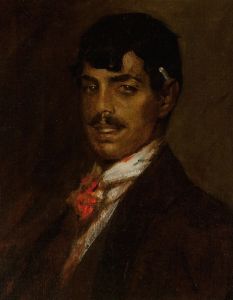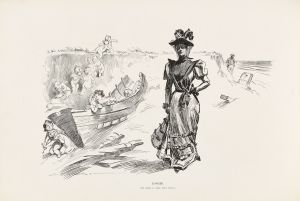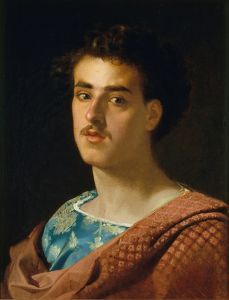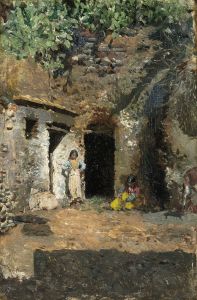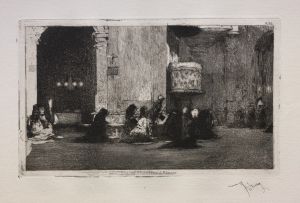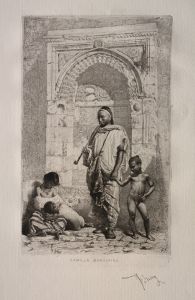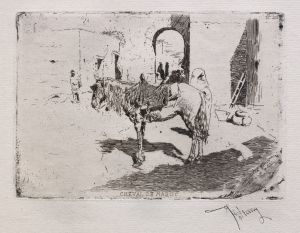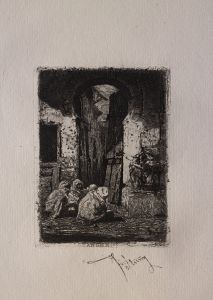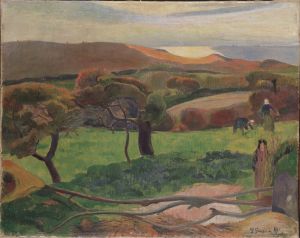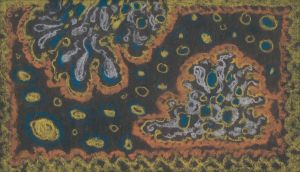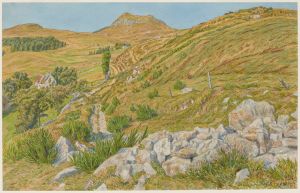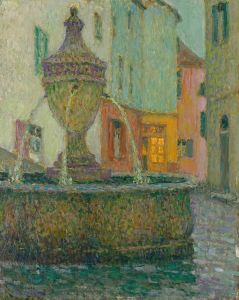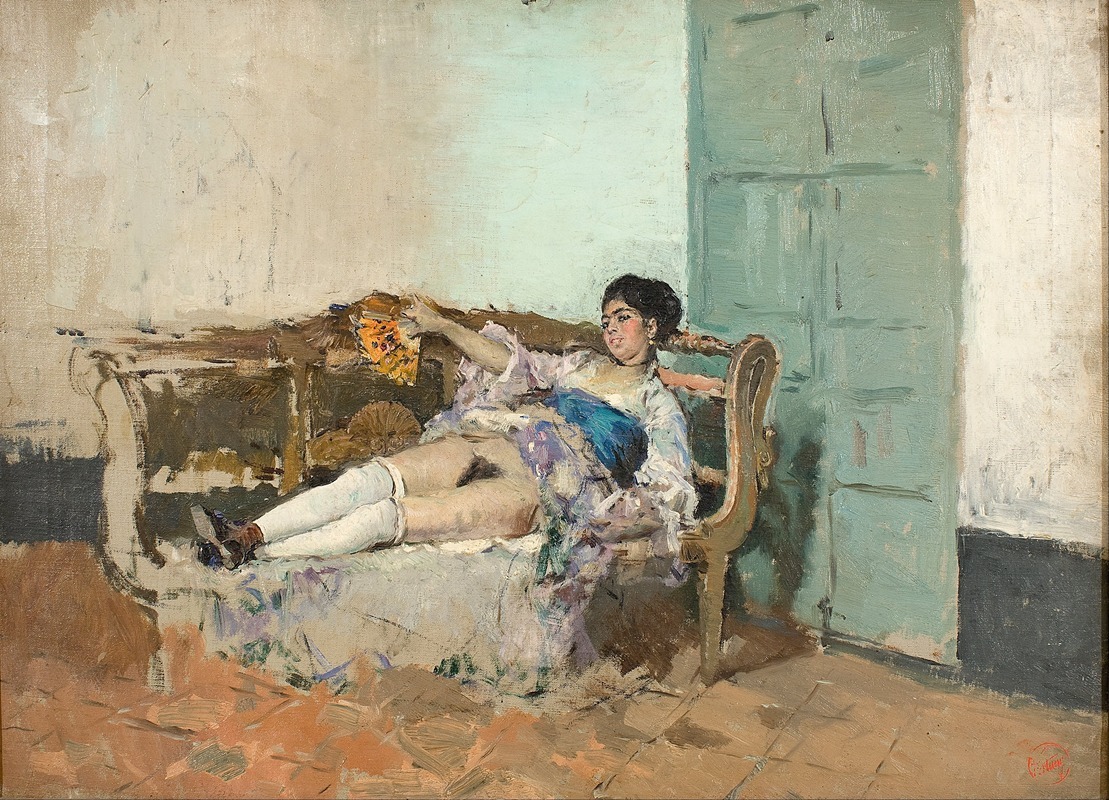
Carmen Bastián
A hand-painted replica of Mariano Fortuny Marsal’s masterpiece Carmen Bastián, meticulously crafted by professional artists to capture the true essence of the original. Each piece is created with museum-quality canvas and rare mineral pigments, carefully painted by experienced artists with delicate brushstrokes and rich, layered colors to perfectly recreate the texture of the original artwork. Unlike machine-printed reproductions, this hand-painted version brings the painting to life, infused with the artist’s emotions and skill in every stroke. Whether for personal collection or home decoration, it instantly elevates the artistic atmosphere of any space.
Carmen Bastián is a painting by the Spanish artist Mariano Fortuny Marsal (1838–1874), a prominent figure in 19th-century European art. Fortuny was known for his technical mastery, vibrant use of color, and ability to capture intricate details, often drawing inspiration from his travels and the cultural diversity he encountered. This particular work, "Carmen Bastián," is one of his lesser-known pieces but remains significant in showcasing his skill in portraiture and his interest in Spanish cultural themes.
The painting depicts a young woman named Carmen Bastián, who is believed to have been a model for Fortuny during his time in Spain. She is portrayed in traditional Spanish attire, with meticulous attention to the textures and patterns of her clothing. The artwork reflects Fortuny's fascination with Spanish folk traditions and his ability to convey the personality and vitality of his subjects. The warm, earthy tones and the naturalistic rendering of Carmen's expression highlight Fortuny's sensitivity as a portraitist.
Mariano Fortuny Marsal was part of the Romantic and Orientalist movements, and his works often bridged the gap between realism and the romanticized depictions of his era. While he is best known for larger-scale works like "The Spanish Wedding" (La Vicaría), his smaller portraits, including "Carmen Bastián," demonstrate his versatility and attention to intimate details.
The exact date of the painting is not definitively documented, but it is generally attributed to the later years of Fortuny's career, a period when he was deeply engaged in exploring Spanish and North African themes. Fortuny's untimely death in 1874 at the age of 36 cut short a career that had already achieved significant acclaim across Europe.
Today, "Carmen Bastián" is appreciated for its artistic quality and as a representation of Fortuny's ability to capture the essence of his subjects. The painting is part of a collection that underscores Fortuny's contribution to 19th-century art, though it is not as widely recognized as some of his other works. It remains an example of his dedication to portraying the cultural richness of his homeland.
Further details about the painting's provenance, current location, or exhibition history are not widely available in public records.





